
 Capt. Chris Mozitis
Capt. Chris MozitisLocation: Ocean City, New Jersey
When it comes to New Jersey, the landmark closest to Ocean City is.. well, Ocean City itself. Or Atlantic City, which is just a few miles north. The Spanish Mackerel in this area are a peculiar fish as they have no distinct season. Unlike bluefish and striped bass, which tend to be a predictable and seasonal fish, the Spanish Mackerel show up when the water temperature and conditions are right. This could be in the middle of the summer or the beginning of fall. They’re the type of fish that you target when they show up.
Targeting them is another story as they also don’t rely on structure or tides. They rely on bait, as most fish do, but only bait. If the bait is there, the Spanish Mackerel are probably there, too. But where is there? They can be anywhere from the shoreline to dozens of miles out to sea. If the bait are close, they’re close. If the bait is far, they’re far. This year in Ocean City, they came right into the inlet that Capt. Chris launches out of – Great Egg Harbor Inlet – which makes it just about as easy as it can be. They came in with the bluefish and both species were targeting the same bait, which were the anchovies (also known as rain fish) and the silversides.

Tides: Two hours before high tide and two hours after high tide were the best to target this particular sand bar that goes from 4-feet to 30-feet deep at a very steep angle. From watching the birds and looking at the sonar, Capt. Chris could see the fish at the ledge waiting for the baitfish to come over the sand bar from the ocean as the tide was coming in and over the sand bar from the inlet as the tide was going out. The baitfish would get washed over the side and that’s where they’d drop their jigs.
Approach: Because Capt. Chris knows this sand bar and this area so well, he knows exactly where to go. But looking for the birds, watching the sonar and seeing the bait in the water is a good indicator that you’re in the right spot. When the food is there and the temperature is right, everything comes together pretty naturally. If the sand bar is too crowded and his anglers are more experienced, he will go where no one else goes and try to sit back off the ledge, cast to specific spots and drag it back off the ledge as they drift through that area. If the anglers are more inexperienced, he will try to pull up on top of the spot and let the anglers drop the jig straight down, reel it up, drop it back again and reel it through the entirety of the water column.
Rigging/Lure Selection: 3.5-inch Epoxy Jig Lure

Why This Bait? Simply matching the hatch.
Colors: Rainbait or silverside.
Retrieve: Most often, Capt. Chris will have his clients cast out over the ledge and retrieve quickly while imparting short twitches before dropping it back down and repeating. Spanish Mackerel love a fast retrieve.

OUTFIT
Rod: 6-foot Tsunami Five Star Spinning Rods, Medium/Heavy Action
Reel: PENN Fierce Spinning Reel
Line: Yo-Zuri Superbraid 20lb
Leader: Yo-Zuri 20lb Fluorocarbon
Connection: The Uni-to-Uni Knot, which is a simple and strong way to connect two lines. It’s ideal for attaching lines such as fluoro or mono leaders to a braided mainline.

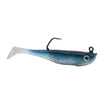
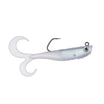
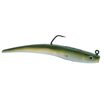
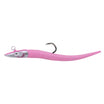
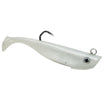
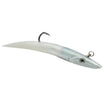

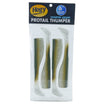
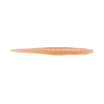
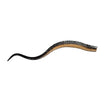
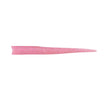
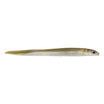
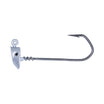
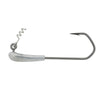
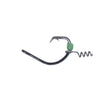



Leave a comment
All comments are moderated before being published.
This site is protected by reCAPTCHA and the Google Privacy Policy and Terms of Service apply.